Guide to Weighing Scales and a Handy Conversion Chart
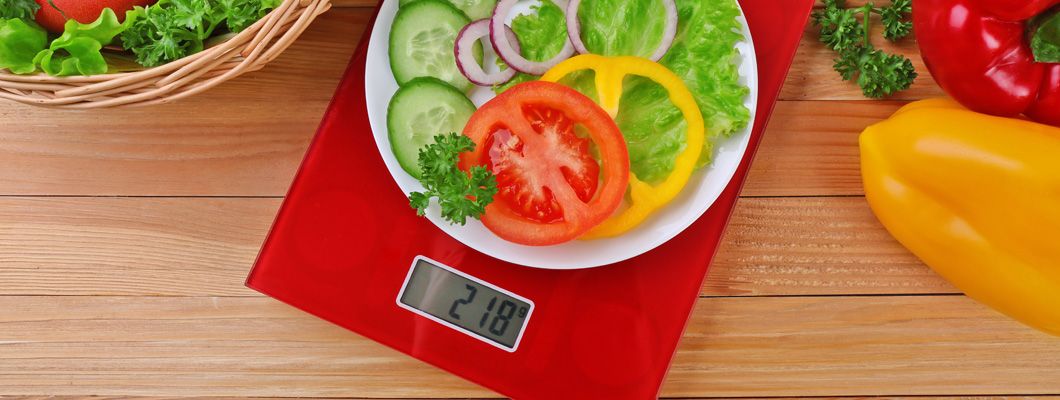
As a society, our dependence on the humble weighing scales reaches across a diverse range of industries – supermarkets, pharmacies, manufacturing, research, hospitals and of course kitchens. The weighing scale has been an essential piece of equipment for any kitchen or catering establishment for a long time. Many commercial chefs and home cooks rely on weighing scales and, as technology grows, the choice of weighing scales and their capabilities has grown significantly. So, just where do you start in deciding which type of weighing scale is suitable for you?
The importance if weighing scales
In just about any area of the catering industry, a set of weighing scales is a great asset. The majority of professional or commercial chefs, particularly if they’re preparing and presenting food on a large scale, use a set of scales or balances. When ingredients are precisely weighed, the consistency of the food is greater and customers will return. In addition, weighing scales will ensure that each and every portion served is of the same size, thereby reducing the waste of ingredients and saving money.
Types of weighing scales
There are three forms of weighing scales, analogue, digital and pendulum. Over the years, there has been a steady rise in the use of digital scales, for ease of use and efficiency, but analogue scales are still popular.
- Analogue scales - also known as mechanical scales, they are made up of small springs that adjust to weight, and a pointer indicates the weight on a visible scale. Whilst they are very simple to use, and often cheaper than a digital scale, the springs can affect the accuracy of any weight measurement.
- Digital scales - digital scales measure weight via a microchip that sends an electronic signal to the digital display. Battery operated and usually more expensive than an analogue scale, there is far less risk that any measurement is going to lack accuracy.
- Pendulum balance scales - this type of scale doesn’t use springs or a microchip. Weight is measured using a gravitational force, i.e. it is load balanced and a pendulum moves on a vertical scale to measure the weight.
Because digital scales present far more accurate results, they are a favourite with many chefs and cooks. Whatever you’re weighing, the scales will provide an exact measurement via the digital display. Most kitchen digital scales weigh up to 5kg and a variety of measurement units can be used, i.e. grams, ounces, pounds and millilitres. The most popular commercial digital weighing scales include OXO Good Grips and Ozeri.
A most recent addition to the kitchen is the electronic weighing spoon that features a digital LED display. The spoon, which is able to measure ingredients from just 0.1g, is rust- and corrosion-resistant and easy to operate.
What to consider when choosing weighing scales
When choosing the type and size of a set of weighing scales, some of the decision is down to personal choice. However, there are four other aspects to consider: the weighing capacity, the display visibility, its construction and how easy it is to clean and maintain.
- Weighing capacity - the capacity you need will largely depend on the size of your kitchen or catering establishment. Businesses that cater for small parties, office events or private dinners are able to opt for a much smaller capacity scales, such as the ProCook digital scales. Scales with a low weighing capacity are usually lighter and more portable whilst high-capacity scales are heavier and bulky, although they are available with wheels and handles.
- Display visibility - kitchens are often busy places and chefs work to tight timescales. Having scales that have a clear, good sized display is vital in saving time. When weighing different ingredients, some of which may leave a layer of dust on the display, ensuring that the weight it still visible, even at a distance, is almost essential. Some scales incorporate a freeze function, allowing you to walk away for a short period of time and come back to view the display.
- Construction - in busy catering environments, scales are being constantly used to weigh a wide variety of ingredients, some of which may spill. Add to that the daily cleaning of the scales, and there’s pressure on the sturdiness of the scales. Consider your kitchen and the type of ingredients that you will be weighing to determine how robust your weighing scales need to be. For example, if you’re going to be weighing heavy items, such as potatoes, you will need scales that are able to bear a greater weight. Some scales include a function that warns you if you have put too much weight on them.
- Maintenance - as any cook or chef knows, the kitchen can get messy when cooking, amateur or professional! Maintaining high levels of cleanliness is essential and the easier it is to keep a piece of equipment clean, the better. Many commercial weighing scales have a stainless steel weighing pan and some are removable for easier cleaning. If the keyboard and display are sealed, any spills or drips shouldn’t affect the scale’s operation and will need just a simple wipe with a cloth.
Handy metric to imperial conversion chart
Sometimes it’s not easy to calculate the weight from metric to imperial, particularly when you’re busy and on the go in the kitchen. Here’s a handy conversion chart to help you.
| Weight (grams and kilograms) | Weight (pounds and ounces) |
| 10g | 0.25oz |
| 25g | 1oz |
| 50g | 1.75oz |
| 75g | 2.75oz |
| 100g | 3.5oz |
| 150g | 5.5oz |
| 175g | 6oz |
| 200g | 7oz |
| 225g | 8oz |
| 250g | 9oz |
| 275g | 9.75oz |
| 300g | 10.5oz |
| 350g | 12oz |
| 375g | 13oz |
| 400g | 14oz |
| 425g | 15oz |
| 450g | 1lb |
| 500g | 1lb 2oz |
| 700g | 1lb 8oz |
| 750g | 1lb 10oz |
| 1kg | 2lb 3oz |
| 2kg | 4lb 6oz |
Weighing scales have moved on a long way since the days of the old-fashioned heavy cast iron balance scales with a stainless steel weighing pan on one side and a plate to put the individual weights on the other; although they are making a comeback in the retro household kitchen! But for commercial kitchens, the choice is more for the modern, digital weighing scales that are easy to keep clean, lightweight for portability and have clear, easy-to-read displays.

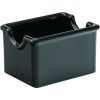
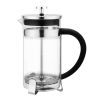
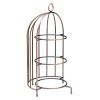
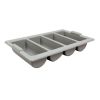

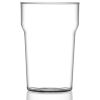

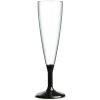


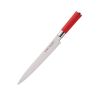


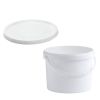
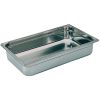
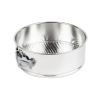
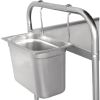
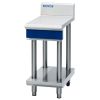
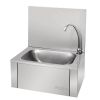
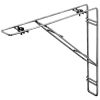
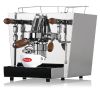
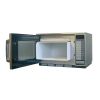
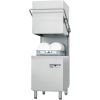
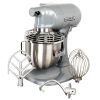
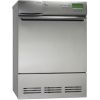

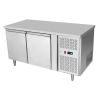
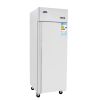
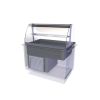
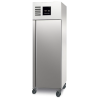

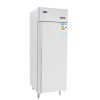


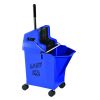

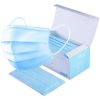



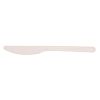

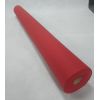


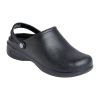

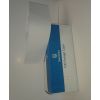



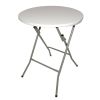
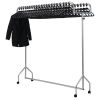
Leave a Comment